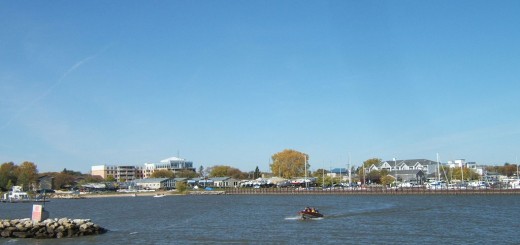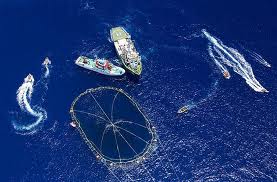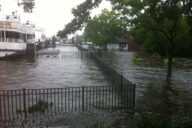Lake in British Columbia sheds light on Earth’s early life forms
0 For years, Pavilion Lake in B.C., Canada has been acknowledged as one of the most morphologically diverse sites for the assortment of freshwater microorganisms by local divers. But for the last seven years, Pavilion Lake Research Project (PLRP) scientists have made it their mission to study and discover the role modern microbialites have had in forming sedimentary rock and determining how some of the same microorganisms that helped create these structures survived the brutal journey to Earth.
For years, Pavilion Lake in B.C., Canada has been acknowledged as one of the most morphologically diverse sites for the assortment of freshwater microorganisms by local divers. But for the last seven years, Pavilion Lake Research Project (PLRP) scientists have made it their mission to study and discover the role modern microbialites have had in forming sedimentary rock and determining how some of the same microorganisms that helped create these structures survived the brutal journey to Earth.
Modern microbialites are carbonate rock structures believed to be formed by microorganisms or microbes such as bacteria and the ones found in Pavilion Lake are estimated to be only 10,000 years old. Primitive microbialites are believed to be over 2.5 billion years old, one of the oldest living remnants of life. Due to the rarity of freshwater microbialites, Pavilion Lake has become a hotspot for microbe research since their discovery in the early 90s.
Founded in 2004 and sponsored by NASA and the Canadian Space Agency, Pavilion Lake Research Project (PLRP) is an international exploration effort aimed at understanding the origins of freshwater microbialites.
Some of the PLRP’s research has also been very useful in helping NASA scientists to determine the longevity of other microbial bacteria in harsh conditions. Last year, NASA conducted studies that tested the adaptation of modern microbes under ultraviolet radiation. These microbes, which hold the record for six years of survival on a spacecraft, developed a resistance to UV radiation. Marko Wassmann, a radiation biology researcher at the German Institute of Aerospace Medicine, said that the significance of these findings is that microbes can react and adapt to the changing environments.
Classifying Microbialites
One of the first obstacles the PLRP team faced was the classification of modern microbialites. Because freshwater microbialites are rare, researches first referred to early formations as artichoke- and cauliflower-like to help vary distinctions. Realizing that a more systematic approach was needed, PLRP team member and DeepWorker pilot, Rebekah Shepard adapted a system that assisted in identifying laminated rock formations called stromatolites, also known as the oldest fossils. Shepard said the revised system provides other scientists with a multiple-choice approach to detailing the morphology of both the large mounds of microbialites and the individual components of larger-scale constructs.
Lake Pavilion’s native microbialite population also provides a contrast to other specimens. Nearby Kelly Lake is suspected of harboring microbialites responsible for creating coral-like structures underwater. Greg Slater, researcher of Organic and Isotope Geochemistry, notes that the water clarity of Kelly Lake makes it possible to study the new ways in which these microbialites form.
“There were new transitions between microbialite morphologies, new variations in patterns, and also lots of similarities to Pavilion Lake,” Slater said.
http://www.astrobio.net/index.php?option=com_expedition&task=detail&id=3545 [Astrobiology Magazine]
http://www.physorg.com/news/2011-03-mutant-microbes-resistance.html [PhysOrg.com]
http://www.cbc.ca/news/technology/story/2011/07/30/f-pavilion-lake-research-nasa.html [CBC News]
http://www.pavilionlake.com/ [Pavilion Lake Research Project]
http://www.vancouversun.com/story_print.html?id=5128834&sponsor [The Vancouver Sun]
http://blogs.nasa.gov/cm/blog/analogsfieldtesting/posts/post_1311178863309.html [NASA Blogs]
http://www.fossilmuseum.net/Tree_of_Life/Stromatolites.htm [Virtual Fossil Museum]
Image Credit: Donnie Reid, 2004













